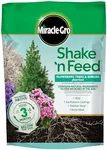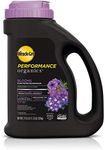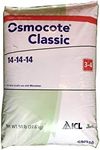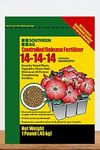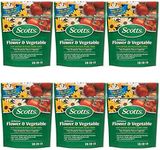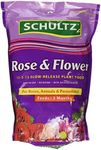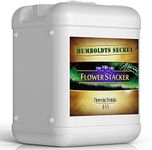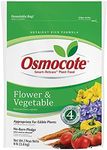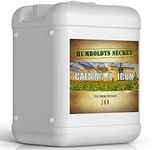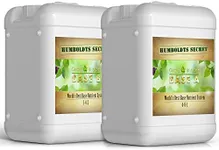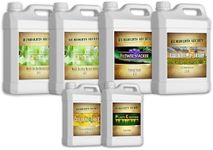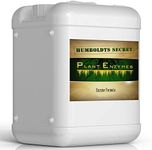Buying Guide for the Best Slow Release Fertilizer For Flowers
Choosing the right slow-release fertilizer for your flowers can significantly impact their growth and blooming. Slow-release fertilizers are designed to provide a steady supply of nutrients over an extended period, which can be more convenient and effective than traditional fertilizers. When selecting a slow-release fertilizer, it's important to consider several key specifications to ensure it meets the needs of your specific flowers and gardening conditions.NPK RatioThe NPK ratio represents the proportions of nitrogen (N), phosphorus (P), and potassium (K) in the fertilizer. This ratio is crucial because each nutrient supports different aspects of plant growth. Nitrogen promotes leafy growth, phosphorus supports root development and flowering, and potassium enhances overall plant health. For flowering plants, a balanced NPK ratio or one with higher phosphorus content (e.g., 10-20-10) is often ideal. Choose a ratio based on the specific needs of your flowers; for instance, if your flowers are not blooming well, a higher phosphorus content might be beneficial.
Release DurationRelease duration indicates how long the fertilizer will continue to supply nutrients to the plants. This can range from a few weeks to several months. A longer release duration means less frequent applications, which can be more convenient for busy gardeners. However, if you need to adjust nutrient levels more frequently based on plant performance or seasonal changes, a shorter release duration might be preferable. Consider your gardening habits and the specific needs of your flowers when choosing the release duration.
Nutrient SourceThe source of nutrients in the fertilizer can be either organic or synthetic. Organic fertilizers are derived from natural sources and can improve soil health over time, but they may release nutrients more slowly and less predictably. Synthetic fertilizers provide a more consistent and immediate nutrient supply but do not contribute to long-term soil health. If you prefer a more natural approach and are patient with slower results, organic fertilizers might be the best choice. For quicker and more predictable results, synthetic options are suitable.
Application MethodSlow-release fertilizers can come in various forms, such as granules, spikes, or pellets. Granules are spread over the soil surface and worked into the top layer, spikes are inserted into the soil near the plant roots, and pellets can be mixed into the soil or placed in planting holes. The application method can affect how easily and evenly the nutrients are distributed. Choose a method that fits your gardening style and the specific requirements of your flowers. For example, spikes might be more convenient for potted plants, while granules are suitable for garden beds.
Soil Type CompatibilityDifferent fertilizers may perform better in certain soil types. For instance, some slow-release fertilizers are formulated to work well in sandy soils, while others are better suited for clay or loamy soils. Understanding your soil type can help you choose a fertilizer that will be most effective. Conduct a soil test if you're unsure of your soil type, and select a fertilizer that complements it to ensure optimal nutrient uptake by your flowers.

